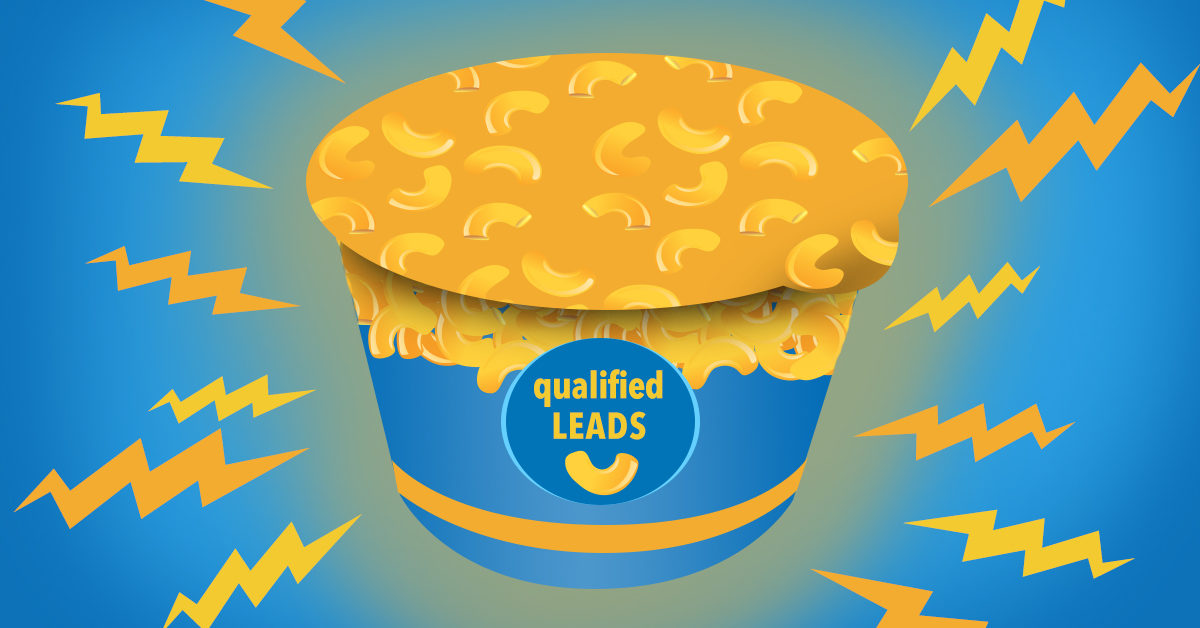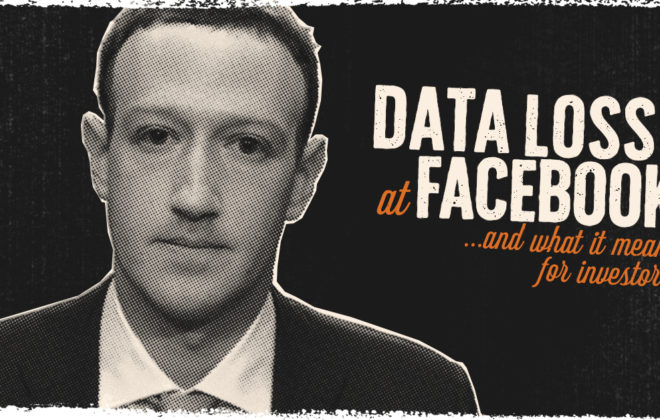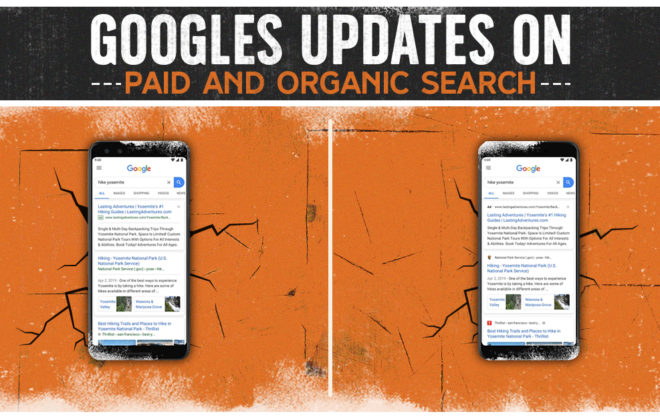Convert More Qualified Leads…In An INSTANT!
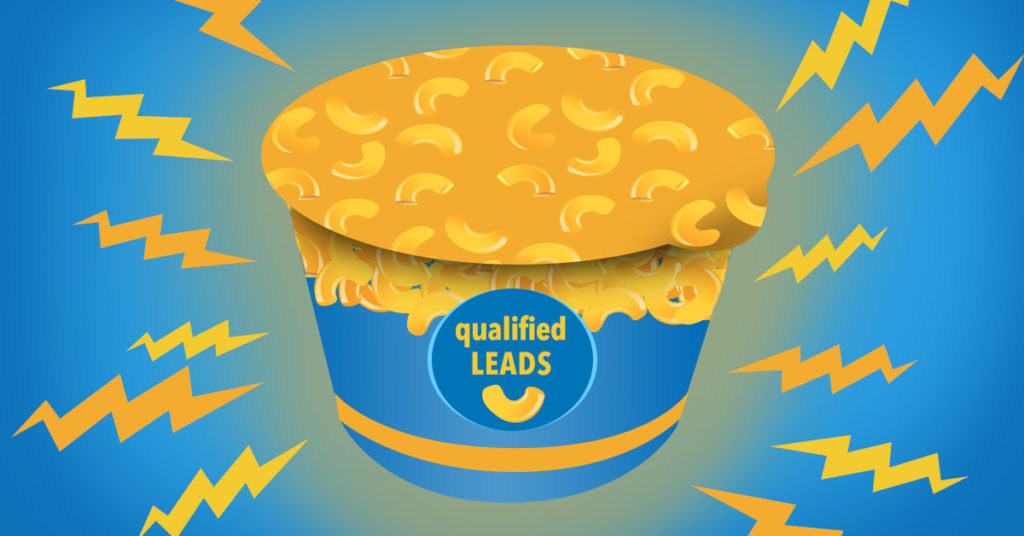
Let’s be real for a moment: Facebook Canvas ads, as beautiful as they were, were a major pain to build out and the ends didn’t justify the means for most brands looking to create a faster post-click experience in Facebook and Instagram.
Flash forward to over two years later (and a few ‘face lifts’…get it..Facebook…face lifts) and the once clunky to build, gorgeous to view, Canvas ads have been re-branded to Instant Experiences that load up to 15x faster than standard mobile websites.
First, let’s talk key format highlights:
- Instant Storefront helps businesses sell products in a grid format.
- Instant Lookbook enables businesses to display products in the context of a lifestyle image.
- Instant Customer Acquisition helps businesses drive customer action by displaying offerings and including a clear call to action.
- Instant Storytelling uses images and video to give people a better feel for your brand.
- Instant Form lets people easily share their contact information to learn more about your offerings.
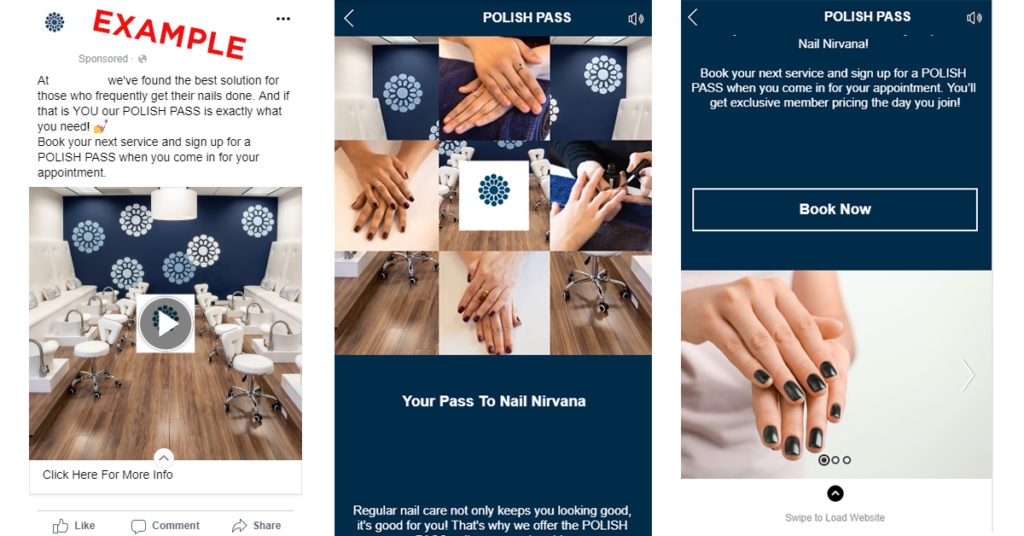
Another key ingredient is taking into consideration how your business wants to use this format:
- Automotive and Technology businesses looking to drive activation around launch events
- Subscription e-commerce businesses looking to capture intent and pre register customers
- High-consideration services company trying to identify hand-raisers you need to prioritize
- Consumer Packaged Goods (CPG) retail company looking to build first-party mailing lists to reach new audiences
Instant experiences are very effective for a few key reasons.
Phone zombies..er..users typically spend as much as 90% of the time on their phones within apps — compare that to 10% on mobile sites. In addition, as many as 53% of users navigate away from a mobile landing page if it takes longer than three seconds to load.
The growing selection of templates affords a business (let’s face it- most small businesses) to connect with customers more affordably than investing in the creation of a fully functioning and fast mobile website. You can sell your products, display offerings for customer acquisition, tell your brand story and even collect information from a lead form.
While it is well documented that Facebook’s Lead Ads do generate more leads, they are less qualified than when you use conversion tracking, qualifying questions or send to a landing page. Enter the double threat- Instant Experience (essentially the IG model of landing pages) and Lead Forms.
Yes, quality leads are all about building trust (Facebook- you’re doing amazing sweetie). The power of having a faster load time and the ability to tell your brand’s story through consistent style, voice and design will ultimately lead to build trust and through valuable information and education content brands can build authority.
Ultimately it will be the content that users can click through to your site that will help them make a more informed decision, but this is the first step in building a more qualified user experience.
Okay, let’s break it down with a list of pros and cons!
Pros:
- Early tests show 53% of users view half the ad
- Avg view times are at 31 seconds (top performing ads got viewed for 70 seconds)
- Convert users with the lead gen form…duh what the article is about
Cons:
- Users cannot make direct purchases
- DESIGN IS KING…so invest or you’ll have poor user experiences
Remember that with any Facebook ad format, constant testing and investment into design and copy will ultimately be the most important part of any campaign. Ok, your turn! A/B test your Landing Page versus Instant Experiences (and obviously send me the results). Hope you have a great…experience…using the format!
Recent Posts
Recent Comments
- Shannon Thammasiene on How to Create a Successful Blog
- Sarah on How to Create a Successful Blog
- How to Create a Successful Blog on 5 Free Keyword Research Tools that will Rock your Socks
- Olivier Hamphrey on This Week In Social Media
- Richard Dickerson on Use Email to Sell without Selling

